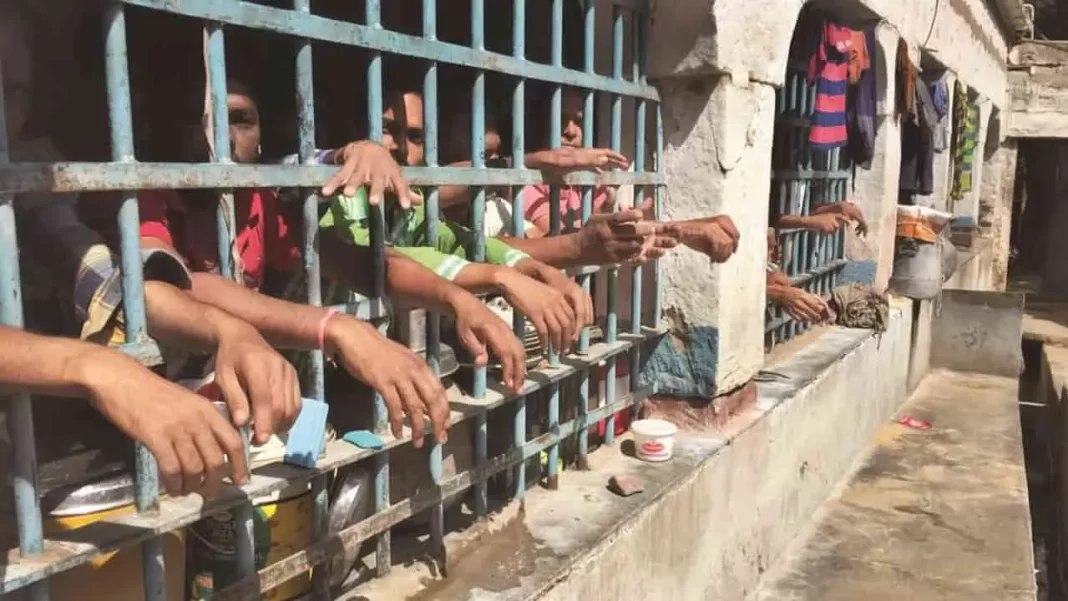Recognising this form of service for certain categories of accused is a wise and constructive move towards reformation and will decrease overcrowding in many jails
By Dr Pankaj Kapoor
An effective and efficient criminal justice administration is an essential tool for any civilised society. Punitive measures are a significant aspect of any criminal law regime. The provisions for awarding alternate punishment instead of simple imprisonment, and liberal use of its various modes like open prisons, parole, vocational training, probation, rehabilitation centres, etc., are the inherent features of a mature criminal law regime.
One alternative punishment is the introduction of community service for specified offences. Section 4 of the recently enacted Bharatiya Nyaya Sanhita, 2023, introduces “Community Service” as a form of punishment. This may be awarded to those found guilty of the following offences—A public servant who is legally bound not to engage in trade, but engages in it; for not appearing at a specified place and time as required by proclamation published; attempt to commit suicide with the intent of compelling or restraining any public servant from discharging his official duty; a first-time offender who is guilty of theft of property less than Rs 5,000 and only if stolen property is resorted or returned; misconduct in public by a drunken person and defamation.
So what is the rationale of community service for an accused? Martin Luther King Jr., the American activist and political philosopher, correctly highlighted that “everyone can be great because everyone can serve”. The rationale behind community service is “payback to the community” because it generally covers unpaid work in the local community. A community sentence combines some form of punishment with activities carried out in the group. It leads to cognitive and affirmative upliftment of the accused found guilty, while accruing social benefits.
In Babu Singh vs State of UP, the Supreme Court held that restorative devices in the form of community services should be promoted. The role of the judiciary or rather the “wisdom of the court” in this regard is important because the judiciary has to apply its judicial mind in awarding community services. It has to see that the nature of work given balances the benefit to society and leads to an acquisition of skill that may be used to earn a livelihood later. The judiciary has to see that the duration of work must be in tune with the threshold of working hours under labour statutes and consent of the accused has to be taken.
While community service may be awarded for the above-mentioned offences, the Union home minister had said in Parliament that the government proposed to provide first-time community service as one of the punishments for petty offences. It may be inferred that the offence of defamation now falls under the category of petty offences. It is worth noting that the offence of defamation caused a loss of membership to Parliament (Lok Sabha) to Rahul Gandhi, though later his membership was restored when relief was granted by the apex court.
Community service is a popular form of alternative punishment in developed countries, including the UK, the US, Sweden and Australia. In the UK, around 7% of offender sentences include community service. However, in India, this is not the first time that the criminal justice system has witnessed community service as an alternate punishment. The footprints can be traced to nearly five decades back.
In 1971, the 42nd Report of the Law Commission on the Indian Penal Code (IPC) for the first time highlighted the need for community service as a form of punishment. Later, an amendment bill was introduced in Parliament, but due to prolonged emergency, it lapsed. Again in 1997, the Law Commission in its 156th report on the IPC emphasised the need to implement community services. Some states, such as Gujarat and Andhra Pradesh, amended the IPC for the introduction of community service as a form of alternate punishment.
The Juvenile Justice Act 2015 in Section 18(1)(c) provides that a delinquent (a juvenile, who is in conflict with the law) may be awarded community service if the Juvenile Justice Board deems it proper and fit.
The National Crime Records Bureau in its recently released Prison Statistics India (2022) report mentioned that the occupancy rate in prisons had increased from 130.2% in 2021 to 131.4% in 2022. Considering the overcrowding in a majority of jails, the move to recognise community service as alternate to simple imprisonment seems to be a wise choice. It may lead to a productive society because it is a constructive and liberal approach towards a reformative administration of the criminal justice system.
—The writer is Assistant Professor, School of Commerce, NMIMS Chandigarh


